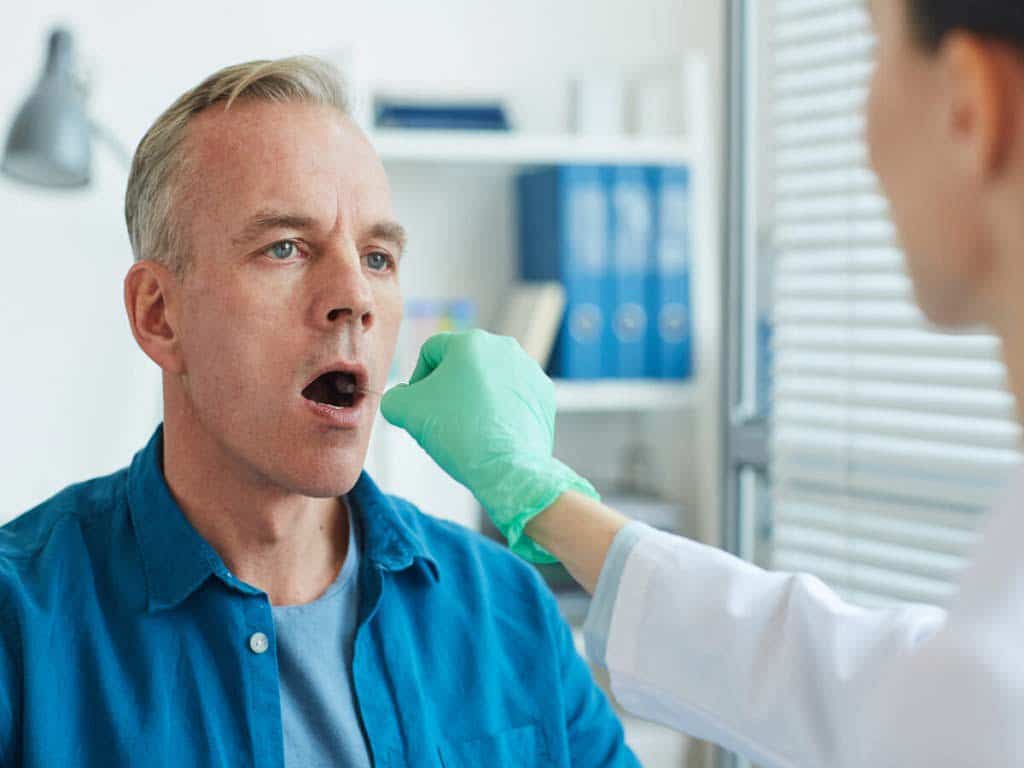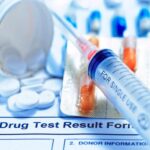What Are the Australian Standards for Drug and Alcohol Testing
01 February, 2023
The Australian Standards for drug and alcohol testing are specifications and criteria for various procedures to ensure the accuracy and reliability of the test results. Thus, it ensures that the methods and devices perform the way they intend to. In addition, it covers the common methods of drug and alcohol detection like urine, oral fluid, and breath testing. The standards comprise all aspects of specimen collection and testing, including drug cut-off levels, laboratory requirements, screening procedures, and quality control.
The hazards of drug and alcohol use affect many industries. Substance impairment can result in unsafe behaviours leading to accidents and injuries. Therefore, workplaces implement drug and alcohol testing through a comprehensive policy to manage occupational hazards. Additionally, Australian businesses are required to provide a safe and healthy working environment to workers. This article will discuss the guidelines of Australian Standards for drug and alcohol testing in urine, oral fluid, and breath.
Relevance of Australian Standards for Drug and Alcohol Testing
It is essential for the workplace to comply with the Australian Standards for drug and alcohol testing to get reliable and valid test results. It also offers base guidelines on what is considered hazardous. High-risk industries like mining, transportation, construction, and manufacturing conduct mandatory tests as preventive measures against substance-related incidents. In addition, employees confirmed to be positive for drug use may face sanctions, including dismissal. Therefore, accuracy is vital to avoid legal problems.
Employers may facilitate drug and alcohol screening through accredited laboratories or certified devices like instant test kits and breathalysers. Accredited laboratories in Australia ensure that it meets the requirements and competence of performing tests. Alternatively, workplaces may use AS-certified drug test kits and breathalysers to monitor substance use. They are cost-effective tools that can help determine employee impairments without the high costs of laboratory procedures. Furthermore, it enables frequent testing as necessary.
The standards for drug and alcohol testing in Australia involve the detection of common drugs of abuse. These substances include ethanol, amphetamine/methamphetamine, benzodiazepines, opiates, cannabis and cocaine and their metabolites. In addition, the drugs detected in a test kit may range from 5 and more panels. However, instant test kits can only give qualitative results, such as whether an illegal drug is present. Thus, it needs a lab analysis to confirm the preliminary screens.
Benefits of Test Standards in Businesses
- Offers increased accuracy and reliability
- Have defined regulations, especially on what is prohibited in the workplace
- Know what circumstances warrant testing
- Complements Australian laws, specifically Work Health and Safety Act (WHS Act)
- Assurance of high-quality test procedures and products
- Enhance protection in case of legal scrutiny
Standards for Drug and Alcohol Testing in Australia for Urine and Oral Fluid
Urine screening can indicate that a person has consumed alcohol, illicit substances or misused prescribed drugs within the detectable range prior to sampling. Most drugs have a detection window of up to 48 hours, depending on the drug class and dosage. Furthermore, AS 4308 is the Australian standard for drug and alcohol testing in urine. Compliance ensures that drug detection in urine meets the criteria for medico-legal and workplace purposes.
The AS 4760 defines the standard procedures for oral fluid testing. Saliva or oral fluid can trace drugs and alcohol within 5 to 48 hours of use. Like urine, the detection also depends on the type of drug, amount, and route of administration. However, it has a shorter window, unlike urine. Thus, it helps determine recent substance use rather than identifying consumption patterns. Moreover, further developments in oral fluid tests allow law enforcement and workplaces to screen drugs effectively.
The Australian Standards for drug and alcohol testing in urine and oral fluids also specify the guidelines for specimen collection on-site and handling and transportation to a lab for confirmation. Thus, it helps guarantee the validity of the sample for analysis. This is because lab-based testing is more comprehensive. Advanced procedures like gas chromatography and mass spectrometry (GC/MS) can precisely trace the amounts of compounds.
Cut-Off Levels
AS 4308 (Urine):
- Amphetamine-type stimulants – 300 ug/L
- Benzodiazepines – 200 ug/L
- Cannabis and metabolites – 50 ug/L
- Cocaine and metabolites – 300 ug/L
- Opiates – 300 ug/L
AS 4760 (Oral fluid):
- Amphetamine-type stimulants – 50 ng/mL
- ∆9 Tetrahydrocannabinol (THC) – 25 ng/mL
- Cocaine and metabolites – 50 ng/mL
- Opiates – 50 ng/mL
Australian Standards for Drug and Alcohol Testing – Breath Tests
The AS 3547 is the Australian Standards for drug and alcohol testing using breathalysers. Unlike other methods, a breath test can only detect alcohol, not drugs. Moreover, breathalysers can detect alcohol exposure and measure Blood Alcohol Concentration (BAC). The BAC is the percentage of alcohol in the bloodstream, indicating the intoxication level. Therefore, the higher the BAC, the more severe the impairment. The breath test is convenient for alcohol screening because it is non-invasive and gives fast results.
A breathalyser use sensor technology to quantify alcohol in the breath sample. Personal devices may use semiconductor or fuel cell sensors. However, not all breathalysers are certified. Thus, workplaces use professional breath-testing devices to ascertain high precision. Furthermore, breathalysers with AS3547 certification utilise fuel cell sensors because of their specificity to ethanol. It means they do not react to other substances that may yield false positives.
Breathalysers with AS certification have proven quality assurance that they have undergone rigorous testing and fulfilled the criteria for an effective breath-screening device. It includes product specifications, expected performance, accuracy levels and recalibration requirements. Therefore, while it is not mandatory, breathalysers used in on-site testing ensure employees that it follows the standards for drug and alcohol testing in Australia. For instance, the professional range at Breathalysers Australia is AS3547-certified, ideal for the workplace or heavy-volume use.
Assurance of Certified Breathalysers
- Accurate results – ensure the BAC readings are within a specified precise range
- Efficient use – allow consecutive testing without long turnaround recovery periods.
- Stability – ability to carry out a breath test in various environmental conditions without compromising the result
- Maintenance – regular recalibration every six months to uphold sensor performance
Conclusion
The standards for drug and alcohol testing in Australia ensure employers and employees that the test results are valid and dependable. It involves facilitating screening methods under strict guidelines. Test methods under the Australian Standards are urine, oral fluid, and breath analysis. Workplaces may utilise certified urine or oral fluid test kits for efficient drug screening and pro-grade breathalysers like BACtrack for alcohol testing. These screening tools can help identify the presence of impairing substances within a few minutes.
A non-negative test result from the test kits implies that a substance has crossed the cut-off levels. Thus, it requires further lab examination to validate the results. Only a confirmatory test and verified by a Medical Review Officer (MRO) can confirm a positive result. In addition, testing centres adhere to Australian Standards for accurate quantification of drugs of abuse. In conclusion, well-defined standards benefit the workplace and improve overall health and safety.

































